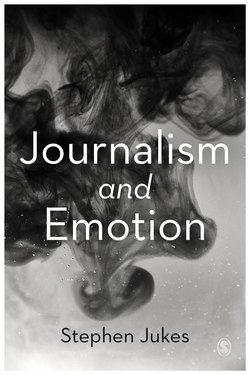Читать книгу Journalism and Emotion - Stephen Jukes - Страница 21
На сайте Литреса книга снята с продажи.
Conclusion
ОглавлениеThis chapter has attempted to trace how emotion became sidelined during the period in which journalism’s normative rules in the United Kingdom and United States were formulated. Emotion became associated with ‘bad’ or flawed journalism. It was seen as a barrier to rational discourse at a time when journalists were keen to establish their discipline as a profession and to distance themselves from the growing manipulation of public feeling evidenced by propaganda, Public Relations and the products of the Hollywood film industry. The objectivity paradigm became further entrenched through the emergence of journalism schools in the United States and codified as a set of best practices in handbooks. Journalists were still able to inject emotion into their stories by ‘outsourcing’ it to those they interviewed, thus staying true to their code and at the same time engaging readers or viewers. During this period, challenges regularly surfaced but generally failed to dislodge the prevailing norms. The journalism of attachment was brutally shot down as the BBC’s culture of impartiality prevailed. Displays of emotion by news anchors such as Cronkite or emotional news copy in the wake of September 11 were seen as understandable – and human – lapses, with the expectation that the normal rules would quickly reestablish themselves. But with hindsight, September 11, 2001 marked a turning point and normal service was not resumed. The analogue era was coming to an end; user-generated content, which first surfaced in earnest during the Asian tsunami in December 2004, was about to become a routine component of reporting. The next chapter examines how emotion has broken cover and become a mainstay of today’s digital media landscape.
